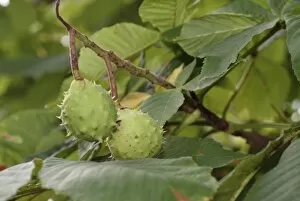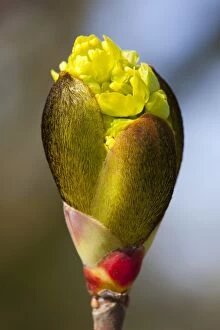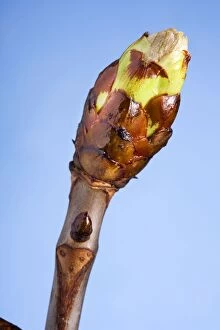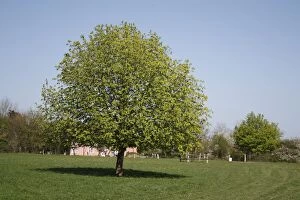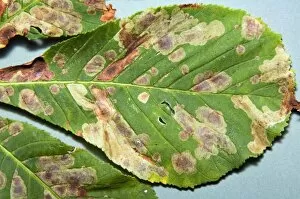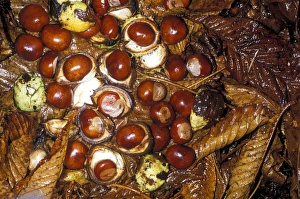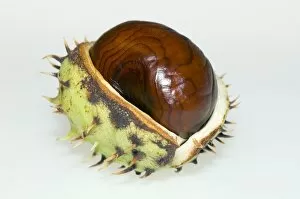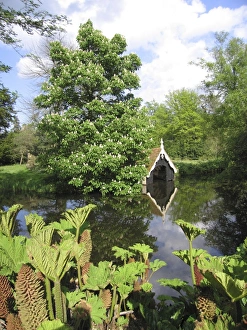Horse Chestnut Collection (page 3)
The horse chestnut, scientifically known as Aesculus hippocastanum, is a majestic tree that can be found in British forests
All Professionally Made to Order for Quick Shipping
The horse chestnut, scientifically known as Aesculus hippocastanum, is a majestic tree that can be found in British forests. With its striking appearance and vibrant colors, it adds beauty to the landscape. One such scene captures a horse chestnut tree standing tall by a farm track through fields on the South Downs in Sussex. However, these trees are not without their challenges. The presence of bleeding canker poses a threat to their health and survival. In Berlin, Germany, there are two horse chestnut trees that stand as witnesses to this struggle against disease. But even amidst adversity, the horse chestnuts continue to inspire awe and wonder. In an enchanting winter setting in Vogtland, Saxony, Germany, we see a snow-covered solitary horse chestnut under clear blue skies. The sun's rays shining through the branches create an ethereal glow. In England, conkers - the seeds of the horse chestnut - hold great significance for children who engage in playful competitions with them. Their small hands eagerly collect these treasures from beneath towering trees. Artists have also been captivated by the allure of horse chestnuts. Mary Cassatt's painting "Under the Horse Chestnut Tree 1898" depicts a serene moment captured under its shade. Furthermore, other species like common chestnuts bloom together in Hessen, Germany creating breathtaking alleys filled with mature trees adorned with blossoms. The horse chestnut truly holds many stories within its branches – from being part of wartime picture books to providing shelter for generations of wildlife and humans alike. It remains an emblematic symbol of nature's resilience and beauty throughout Europe and beyond.

